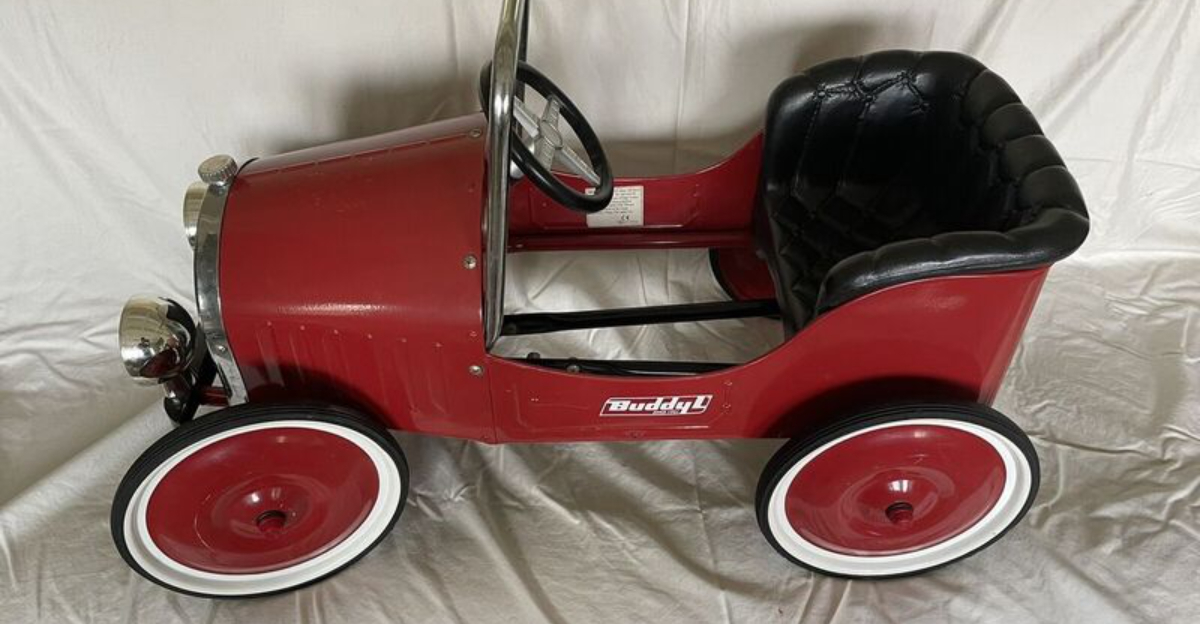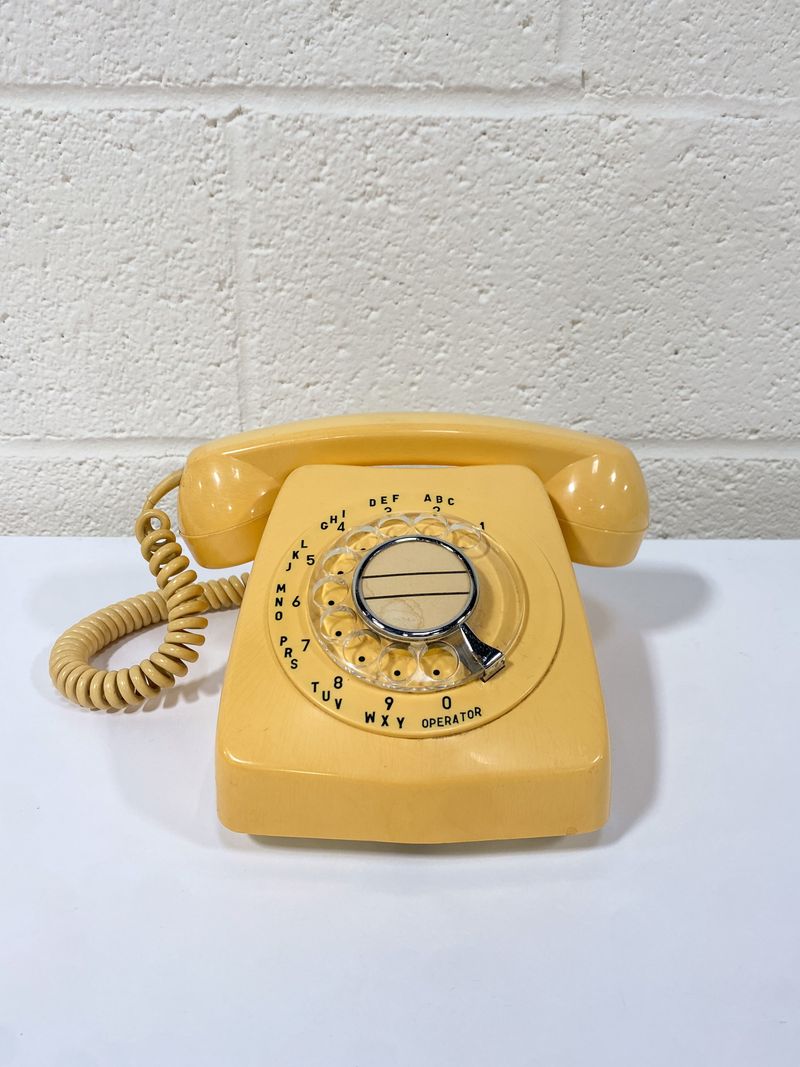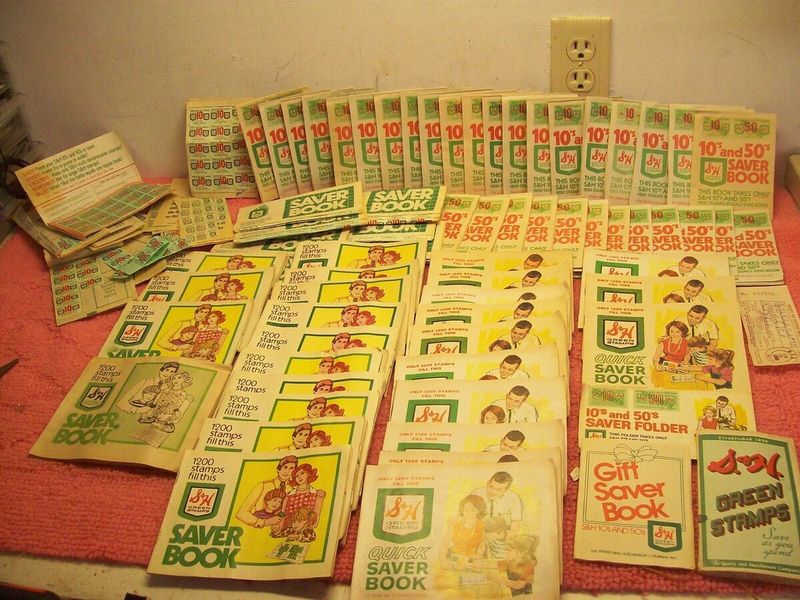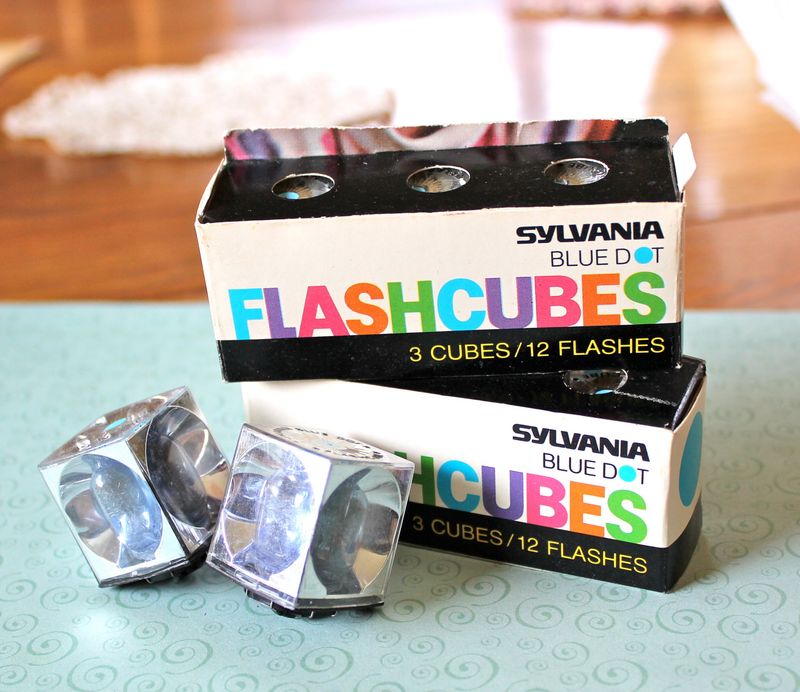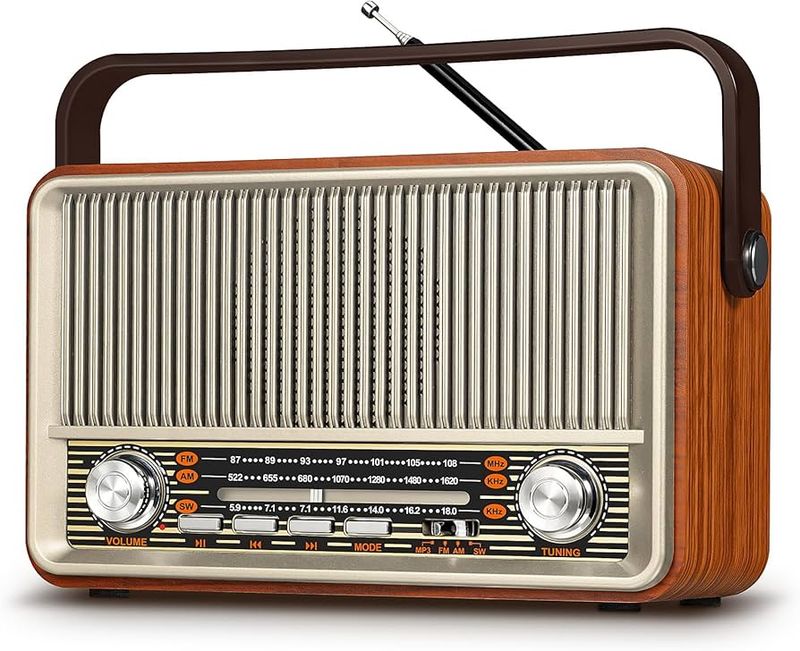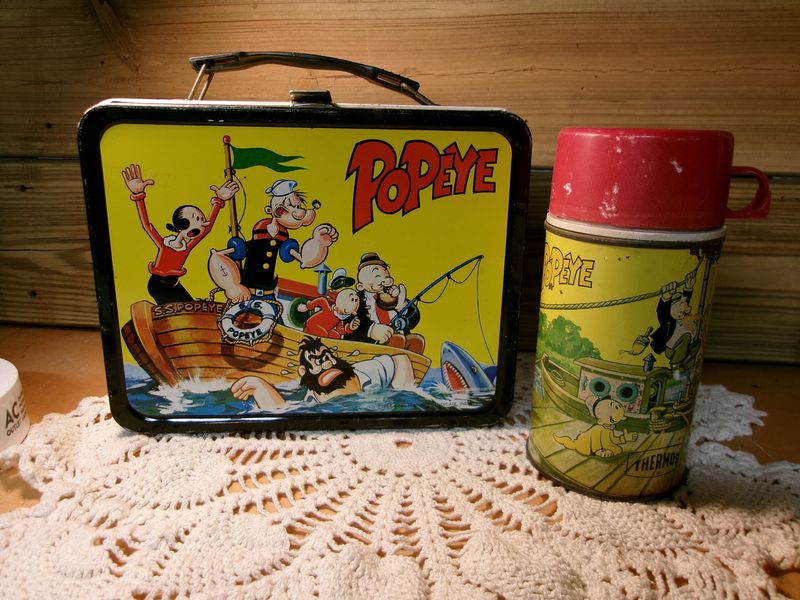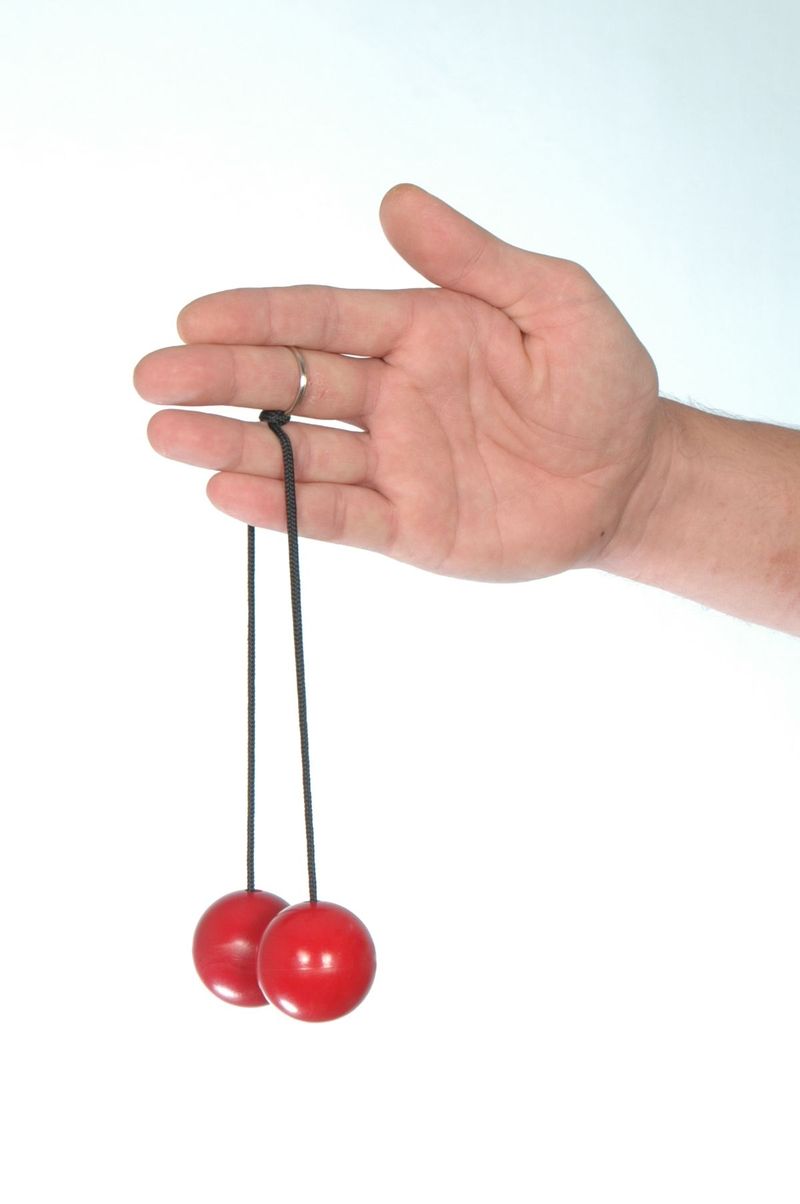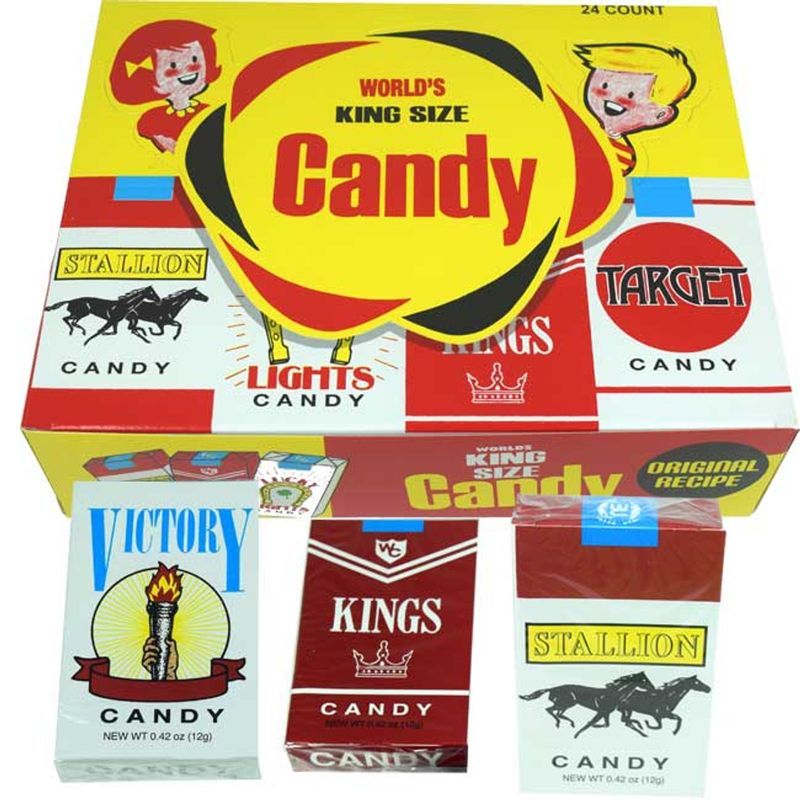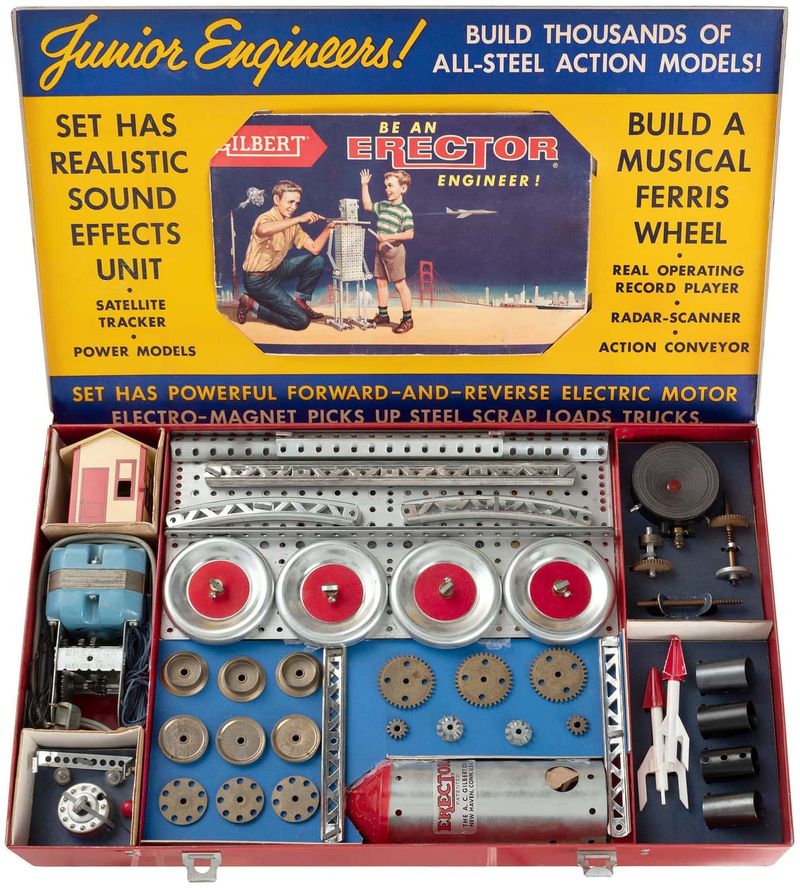Explore the iconic items that defined a true Boomer childhood. From rotary dial phones to pogo sticks, each item tells a story of simpler times and childhood adventures. Discover how these relics of the past shaped the lives of those who grew up during the Boomer era.
1. Rotary Dial Telephone
Remember the satisfying whirl of the rotary dial telephone? Each number you dialed required patience and precision. If you misdialed, starting over was inevitable. This classic piece connected people long before the era of smartphones. It was more than just a communication device; it was a centerpiece of the household. The sturdy handset, the familiar ringing tone, and the coiled cord were symbols of connection. It taught us patience and anticipation as we waited for the call to connect. A true relic of the past, the rotary phone was an essential part of any Boomer’s childhood.
2. TV Test Pattern
Before the era of 24/7 television, the day started with a TV test pattern. A familiar sight in Boomer households, it signaled the beginning of the broadcast day. Often accompanied by the national anthem, it was a prelude to morning cartoons and news. The black and white pattern, sometimes in color, was both a starting point and an ending note for daily TV viewing. It represented a time when programming was limited, and anticipation for favorite shows was high. The TV test pattern was a symbol of scheduled simplicity.
3. Metal Ice Cube Trays
The metal ice cube tray, with its lever mechanism, was a kitchen essential. Yanking the lever released cubes, often sending them flying across the counter. A staple in Boomer households, it was a source of both convenience and occasional frustration. Unlike today’s silicone trays, mastering the metal tray required skill. It was part of the daily routine, preparing cold drinks for family gatherings or refreshing lemonade on hot summer days. Each tray was built to last, reflecting the durable nature of household items from that era.
4. Hi-Fi Record Player
The hi-fi record player was more than just a music device; it was a family event. Boomer kids remember stacking 45 RPM singles or LPs, listening to melodies that filled the room. Each record had its unique charm, from the gentle crackle as the needle touched the vinyl to the rich, warm sound that followed. It was about gathering around, enjoying music together. The wooden console stereo was a beloved piece of furniture, showcasing both style and function. It was an audio experience that brought families and friends together.
5. S&H Green Stamps
S&H Green Stamps were the currency of choice for many Boomer households. Collected diligently from grocery stores, these stamps were pasted into booklets. Each booklet was a step closer to redeeming desired prizes. It was a family activity, with kids and parents working together to fill each page. The anticipation of what the stamps could be exchanged for made the effort worthwhile. From household items to toys, they offered a tangible reward for everyday shopping. S&H Green Stamps are a nostalgic reminder of community and shared goals.
6. Flash Cubes
Flash cubes were the precursor to instant photography. Each cube contained four flashes, rotating after each click. Boomer kids remember the thrill and spontaneity of capturing moments, knowing there were no instant do-overs. The cubes provided bright, sometimes blinding light, immortalizing family gatherings and school events. Despite their single-use nature, they were a staple in photography, making every shot count. The excitement of developing photos was unmatched, with each image telling a story. Flash cubes symbolize the candidness and joy of capturing memories.
7. Mimeograph Worksheets
The mimeograph was a school staple, with its distinct purple ink and unforgettable smell. Boomer children eagerly awaited freshly printed worksheets, still warm from the machine. It was a sensory experience, combining the aroma with the touch of slightly damp paper. These worksheets were more than educational tools; they were a part of school life, embodying the tactile nature of learning. The mimeograph represents a time when technology was hands-on, and each sheet was a product of mechanical magic. It holds nostalgia for former students and educators alike.
8. Lawn Darts (Jarts)
Lawn darts, or Jarts, were the ultimate outdoor game for thrill-seeking Boomers. With their heavy metal tips, these darts posed both excitement and danger. Played on lawns during family barbecues or neighborhood gatherings, they required skill and caution. Despite their eventual ban for safety reasons, lawn darts hold a fond place in the memories of those who experienced the rush of landing the perfect shot. It was a game of precision, where the challenge was as thrilling as the victory. Jarts symbolize a fearless approach to outdoor fun.
9. Slide Rules
Long before calculators, slide rules ruled math classes. These mechanical analog computers were essential for complex calculations. Boomers remember the intricacy of sliding and aligning the scales to find the answers. It was a tool that required understanding and skill, making math both challenging and rewarding. Every student carried one in their backpack, a symbol of mathematical prowess. The slide rule represents an era of learning where effort and precision were key, and its absence in modern classrooms marks a shift in educational technology.
10. Transistor Radios
The transistor radio was the original portable music device. Boomers enjoyed listening to tunes anywhere, from the beach to their own backyard. Its compact size and battery power made it a constant companion for music lovers. Whether clipped to a bike or held by the ear, it was an invitation to explore new sounds and voices. The radio connected people to news, music, and culture, bridging distances with its broadcast reach. A symbol of freedom and innovation, the transistor radio was a gateway to a world of auditory adventures.
11. Metal Lunchboxes
Metal lunchboxes were more than just meal containers; they were a statement. Boomer kids proudly carried them, featuring favorite cartoon characters or TV shows. Each lunchbox had a matching thermos, though it often leaked a bit. Opening it revealed more than food; it was a daily reveal of sandwiches, snacks, and surprises packed with care. The sound of the latch and the smell of lunch were comforting constants. These lunchboxes were a blend of practicality and personal expression, making lunchtime at school both anticipated and memorable.
12. View-Master
The View-Master was a window to the world in 3D. With a click, Boomers traveled to distant lands or explored the whimsical scenes of fantasy worlds. Each reel offered a new adventure, turning reality into remarkable 3D experiences. It was a cherished handheld device, sparking curiosity and wonder. For children without internet, it was a portal to places unknown, fueling imaginations and dreams. The tactile joy of inserting a new reel and clicking through the images provided endless entertainment. The View-Master remains a beloved symbol of discovery.
13. Clackers (Ker-Bangers)
Clackers, or Ker-Bangers, were the ultimate kinetic toy. Two acrylic balls on a string that clacked together with mesmerizing speed. Boomer kids competed to see who could keep the rhythm going the longest. Despite the risk of injury and eventual ban, they were loved for their simplicity and challenge. The sound was distinct and satisfying, a testament to persistence and play. Clackers taught coordination and rhythm, capturing the spirit of playful competition. The toy’s legacy is one of both fond memories and the occasional bruise.
14. Pedal Cars
Pedal cars were the ultimate dream ride for Boomer children. These miniature vehicles offered the thrill of driving, powered by imagination and pedal power. They were more than toys; they represented freedom and adventure. With every turn of the wheel, young drivers navigated their neighborhoods, emulating the adults they admired. The cars were detailed and durable, designed for countless journeys. Riding in a pedal car was a rite of passage, a cherished memory of independence and excitement. These vehicles remain iconic symbols of childhood exploration.
15. Candy Cigarettes
Candy cigarettes were the playful indulgence of Boomer kids. Mimicking adult behavior, they offered a taste of the forbidden, wrapped in sugary innocence. Every puff was a jest, pretending sophistication beyond years. It was a candy that sparked imagination, fueling make-believe games and playful antics. Despite the controversial mimicry, they were a staple at candy stores, cherished for their novelty. Candy cigarettes represent a quirky chapter of childhood, where innocence met imitation. They hold a unique place in nostalgia, a reminder of playful rebellion and sweet memories.
16. Pogo Sticks
Pogo sticks were the ultimate test of balance and daring. For Boomers, mastering the pogo was a badge of honor. Each bounce was a challenge, requiring focus and skill. The simple design belied the complexity of maintaining rhythm and height. It was an exercise in perseverance, with each fall teaching resilience. The thrill of reaching new heights was unparalleled, a testament to youthful energy and enthusiasm. Pogo sticks symbolize the joy of motion and the pursuit of fun, turning backyards into arenas of adventure.
17. Erector Sets
Erector sets were the original STEM toys, introducing Boomers to engineering and creativity. With metal beams, nuts, and bolts, they built bridges, cars, and towers. Each project was a lesson in design and patience, sparking innovation and problem-solving. The sets were a playground for the imagination, limited only by the builder’s vision. They encouraged hands-on learning, where success was measured by what was created. Erector sets are a testament to the enduring appeal of building and creating, where every child could become an inventor.
18. The Family Encyclopedia Set
The family encyclopedia set was the original home library, a Google before Google. Boomers remember the excitement of exploring its volumes, discovering new facts and stories. Each book was a gateway to knowledge, offering insights into the world. The encyclopedias were more than reference books; they were companions for homework and curiosity. From A to Z, they held the answers to countless questions, fostering a love for learning. The family encyclopedia set is a symbol of intellectual curiosity and the pursuit of knowledge in a pre-digital age.
19. Soda Bottle Caps Collector’s Kit
Who remembers the thrill of finding a rare soda bottle cap? For Boomers, collecting these colorful caps was more than a hobby; it was a treasure hunt. Each cap held the promise of a vibrant brand or a limited edition logo.
Enthusiasts crafted intricate displays, showing off their prized collections in wooden boxes or tin containers. Trading with friends added an extra layer of excitement, as one never knew when a coveted piece would appear.
Did you know? Some bottle caps even had prizes printed inside, turning a simple soda into a potential reward.
20. Tin Can Stilts
Tin can stilts were the simple yet thrilling toys that turned any backyard into a circus ring. Standing tall on these wobbly contraptions, children felt like towering giants. With each clumsy step, laughter echoed, creating endless joy in the simplest form.
These homemade wonders, crafted from empty cans and string, were both a test of balance and a badge of honor. The clang of metal against concrete was the soundtrack of summer afternoons.
Who needed expensive gadgets when you had tin cans and imagination? This was a time when the world seemed vast and every day was an adventure.
